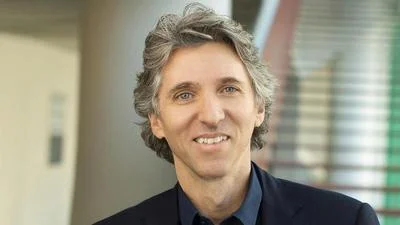Rabbi Dr. Ari Berman, President and Rosh Yeshiva | Yeshiva University
Rabbi Dr. Ari Berman, President and Rosh Yeshiva | Yeshiva University
Open Education Resources (OER) are gaining traction in academic circles, yet misconceptions persist. OER refers to educational materials that are either in the public domain or licensed to allow users to retain, revise, remix, reuse, and redistribute them. David Wiley from Lumen Learning provides a "simple" introduction to this concept.
One common myth is that instructors do not use OER. However, many educators unknowingly incorporate OER into their teaching by using publicly available resources like Google images, YouTube videos, podcasts, or articles from CNN. Various departments such as English, Sociology, Computer Science, and Math have integrated OER into their courses without needing library intervention.
Concerns about the quality of OER materials also exist. Some believe that these resources do not match the standards of commercial textbooks. However, OpenStax—a nonprofit publisher—ensures its textbooks undergo rigorous peer review by faculty across different institutions.
Another misconception is the idea that there is something insidious about authors publishing free textbooks. Authors receive compensation during the development phase of an OER textbook despite the materials being freely accessible later on. A notable example is John McMurry's Organic Chemistry textbook which became an open resource as a tribute to his late son.
Finally, transitioning to zero-cost education using only OER can be challenging because these resources might not cover all necessary content. Educators can supplement with additional cost-free materials through library-licensed e-books or journal articles.
The adoption of OER continues to evolve as educators and institutions recognize its potential benefits and address existing myths.






 Alerts Sign-up
Alerts Sign-up